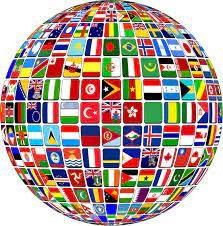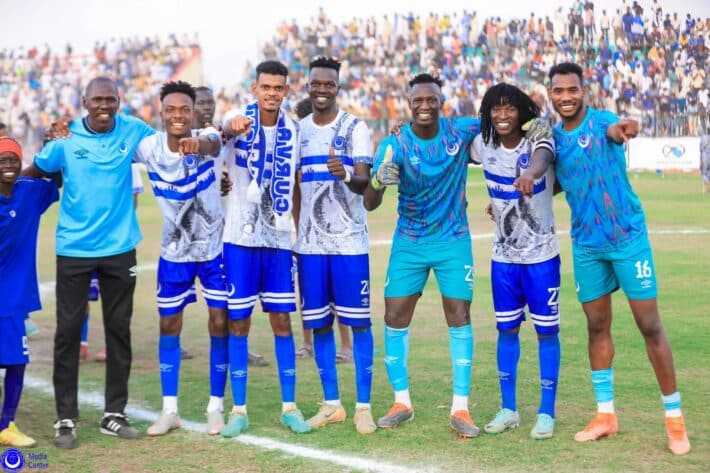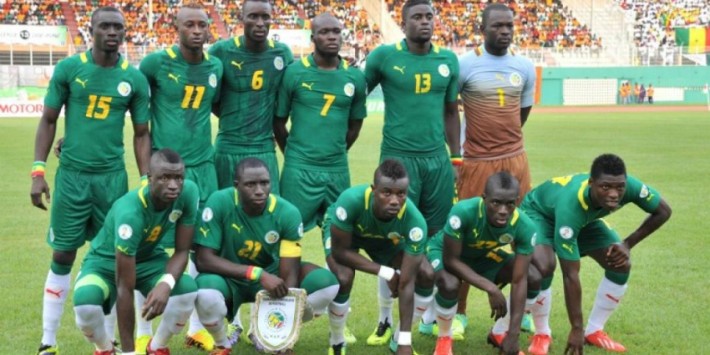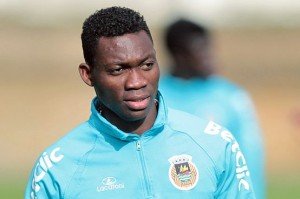With the 2024 African Nations Championship (CHAN) drawing near, participating nations have unveiled their final squads for the tournament, which exclusively features players active in their respective domestic leagues.
Sudan’s Al Hilal SC has emerged as the single most represented club in the competition, contributing an impressive 15 players to national team rosters.
Their local rivals, Al Merriekh, trail with seven players selected, highlighting the dominance of the two Sudanese giants in shaping the national side.
The biennial tournament, designed to spotlight homegrown talent across the continent, offers a unique lens through which to examine the influence of domestic clubs on national squads.
The figures released show a clear concentration of talent within a handful of powerhouses.
Nigerian side Remo Stars are among the standout contributors, supplying nine players to the CHAN rosters.
The club’s growing prominence in Nigerian football is reflected in its substantial representation, reinforcing its status as a rising force on the local scene.
North Africa also features prominently.
Moroccan club RS Berkane sees seven of its players selected, mirroring the tally from Uganda’s KCCA FC.
These numbers underscore both clubs’ consistent domestic performances and their investment in local player development.
Several other clubs share third place on the list of top contributors, each providing six players: Tanzania’s Simba SC and Azam FC, Morocco’s Raja Casablanca, Algeria’s MC Alger, the Democratic Republic of Congo’s FC Saint-Éloi Lupopo, and others. Each of these teams plays a pivotal role in anchoring their national selections with experienced local players.
Meanwhile, a group of clubs each sent five players to the tournament, including Tanzania’s Young Africans, Guinea’s Hafia FC and Horoya AC, DR Congo’s AS Maniema Union, Algeria’s USM Alger and CR Belouizdad, and Uganda’s Vipers SC.
One of the more striking national records comes from Congo-Brazzaville, where AS Otohô has seen eight players called up—more than any other club in the country.
In Senegal, the selection process reflected a balance across the domestic league, with Jaraaf, US Gorée, and Teungueth FC each contributing four players.
This distribution suggests a competitive parity within Senegal’s local football scene, rather than dominance by a single club.
As CHAN 2024 approaches, the data paints a picture of regional football structures and the critical role played by local clubs in developing talent for the international stage.











